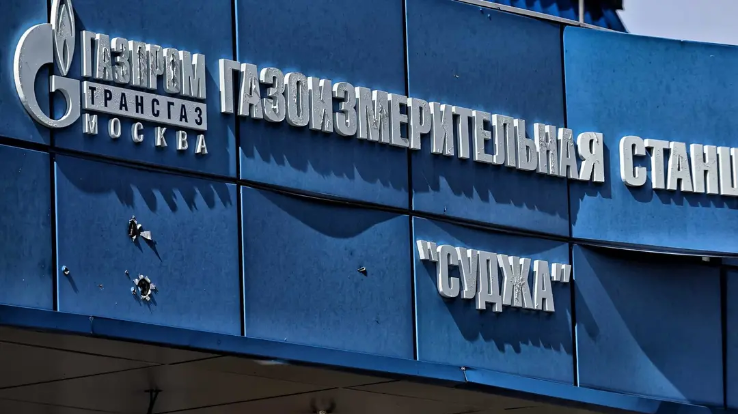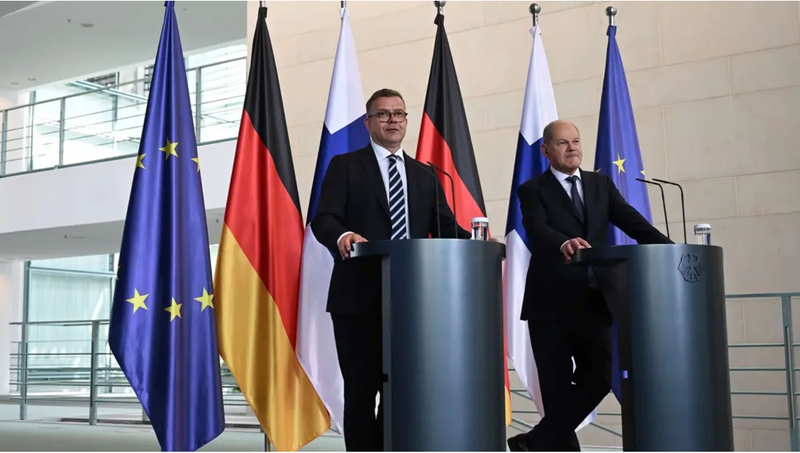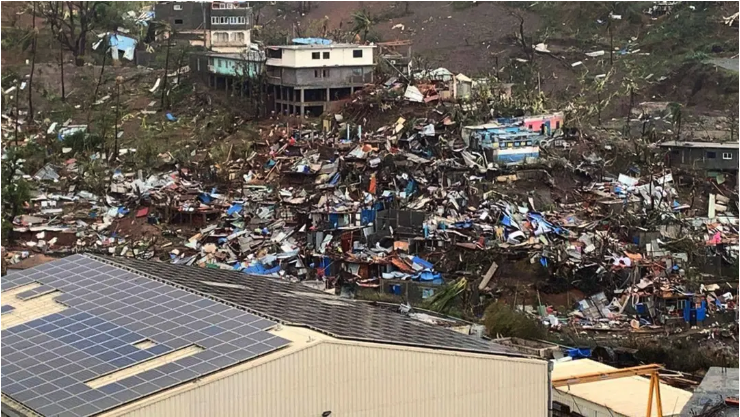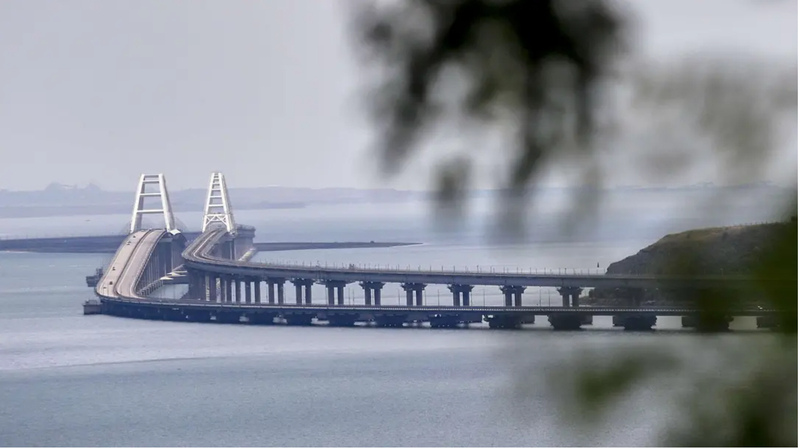Ukraine Halts Transit of Russian Gas to Europe
Russian gas transit through Ukraine completely stopped on Wednesday at 8 am Moscow time, ending a decades-long arrangement that began during the Soviet era.
Facts
- Russian gas transit through Ukraine completely stopped on Wednesday at 8 am Moscow time, ending a decades-long arrangement that began during the Soviet era.[1][2]
- The cessation occurred after Ukraine reportedly refused to extend a five-year transit agreement with Russia's Gazprom, which had provided the annual transit of 40B cubic meters of Russian gas.[1][3][4]
- Europe has significantly reduced its dependence on Russian gas, with imports dropping from 40% in 2021 to approximately 8% in 2023, largely replacing Russian supplies with LNG from the US and Qatar.[5][6]
- The halt affects several European countries, particularly Slovakia and Austria, though most have arranged alternative supply routes through Norway and LNG imports.[6][7]
- Due to the cessation, Moldova's breakaway region, Transnistria, has cut household heating and hot water supplies. Ukraine will lose up to $1B annually in transit fees, while Gazprom could lose an estimated $5B in gas sales.[7][8][9]
- Russian gas can still reach Europe through the TurkStream pipeline, which supplies Hungary, Turkey, and Serbia via the Black Sea route.[4][5]
Sources: [1]TASS, [2]The New York Times, [3]Ukrainska Pravda, [4]NPR Online News, [5]BBC News, [6]CNN, [7]Reuters (a), [8]Reuters (b) and [9]Associated Press.
Narratives
- Pro-Ukraine narrative, as provided by Ukrinform and Al Jazeera. This is a historic victory for Ukraine and Europe's energy independence and national security. Europe has successfully diversified its energy sources and reduced Moscow's ability to use gas as political leverage. The economic impact on Russia demonstrates the effectiveness of reducing dependence on Russian energy.
- Pro-Russia narrative, as provided by TASS and RT. This transit contract isn't the end of the world. It's not Russia but European economies that will face drastic consequences, potentially leading to higher energy prices and supply uncertainties. The alternative sources are more expensive and could harm European industrial competitiveness.







